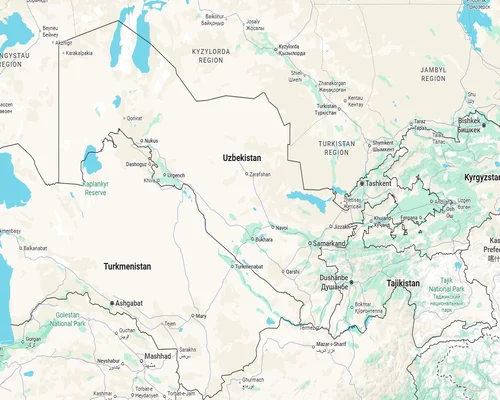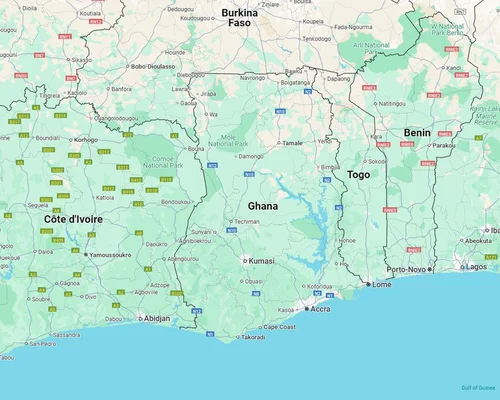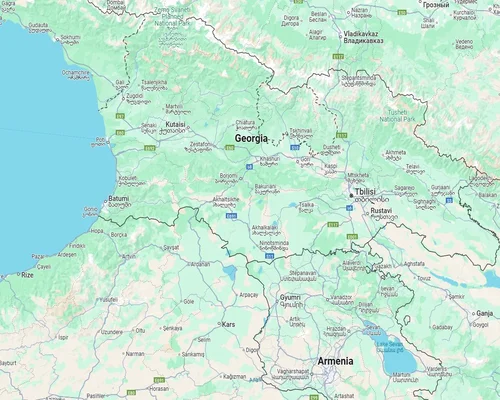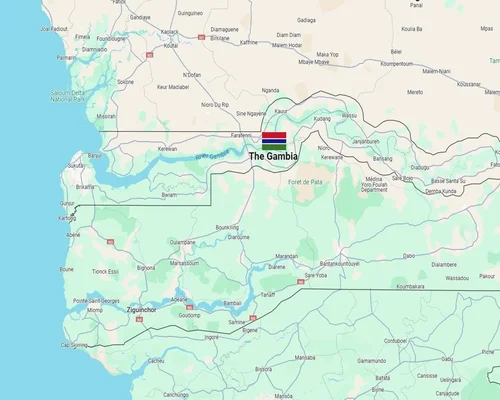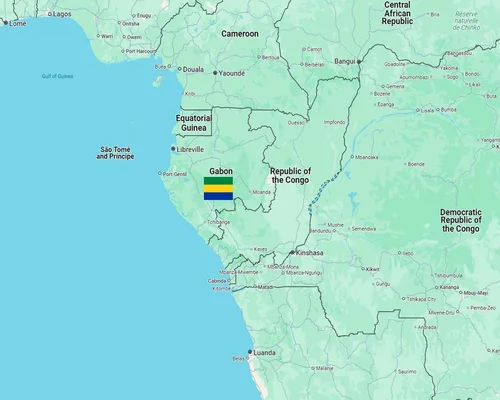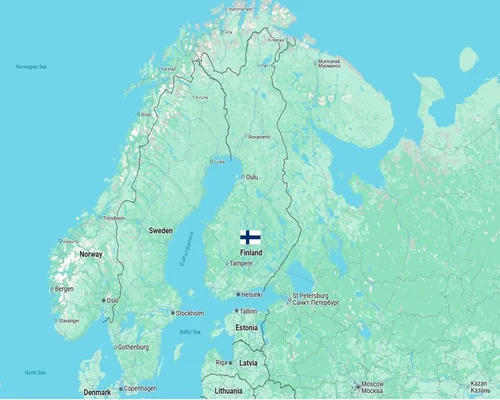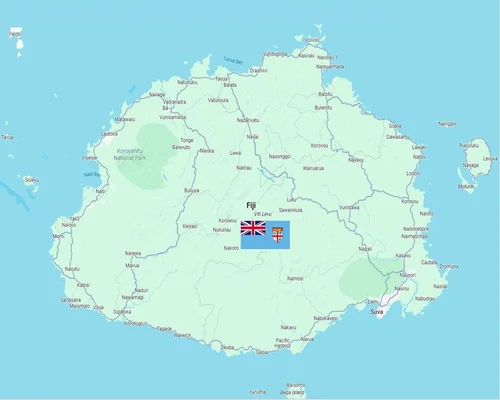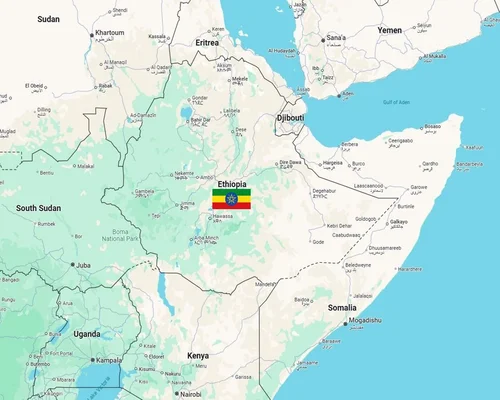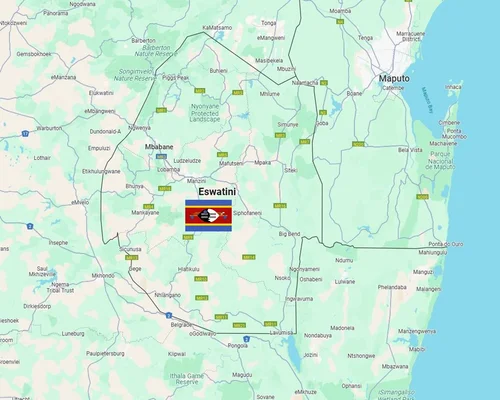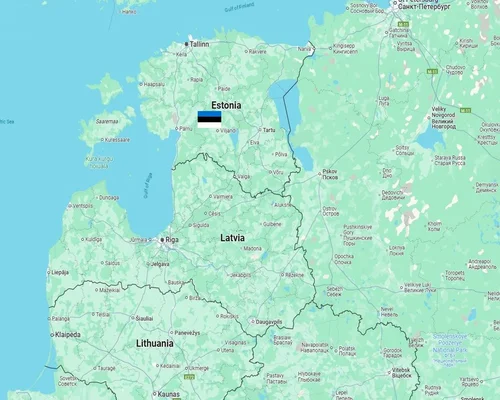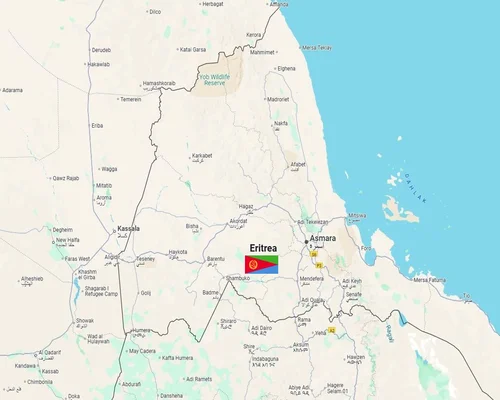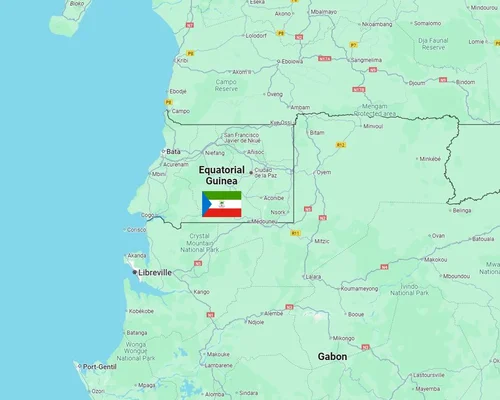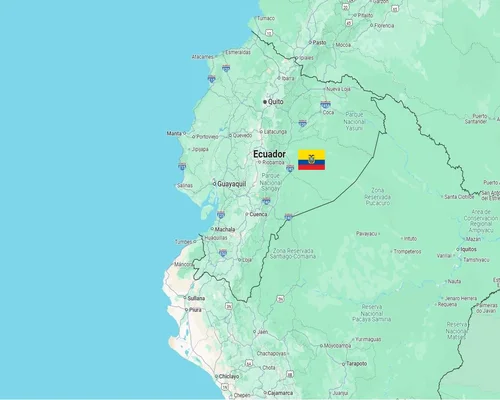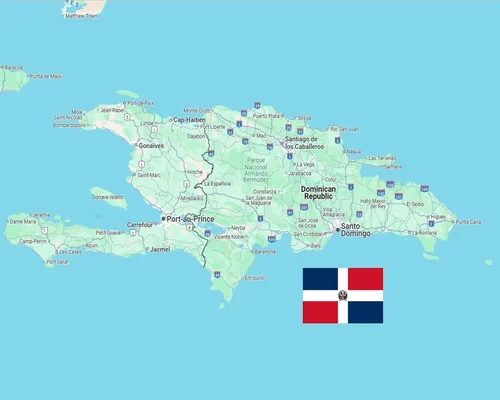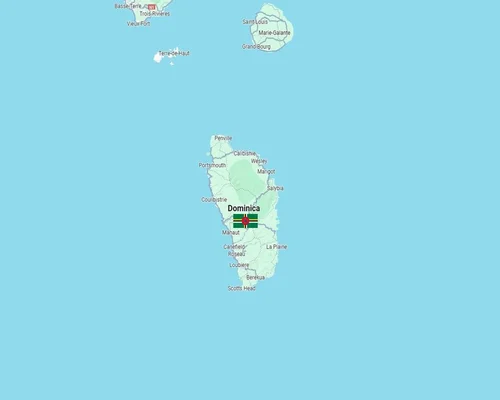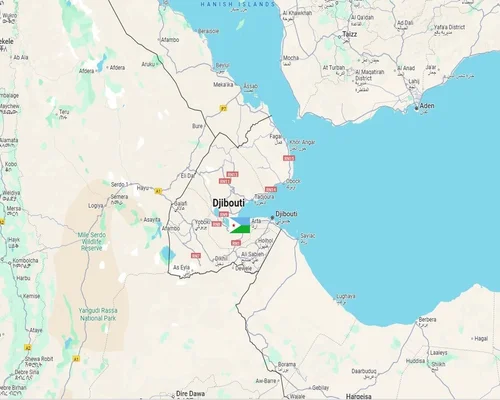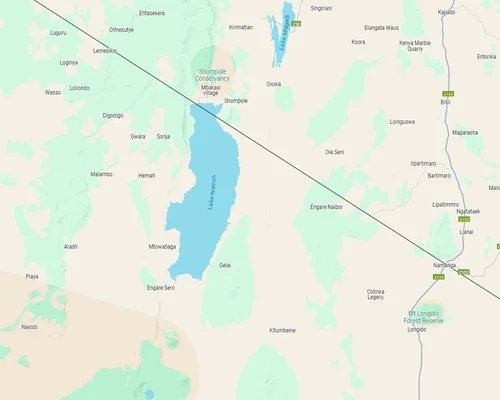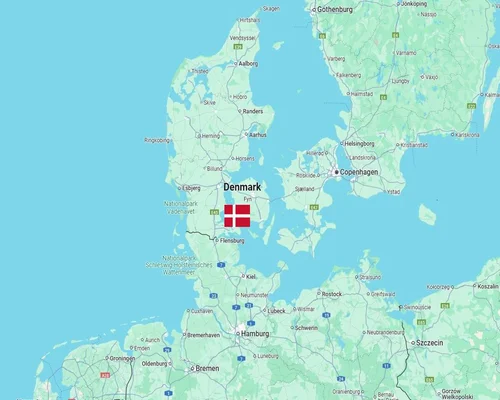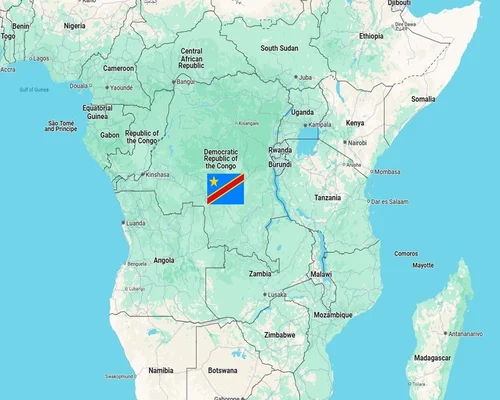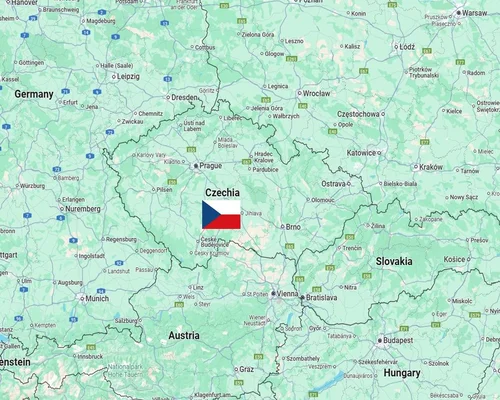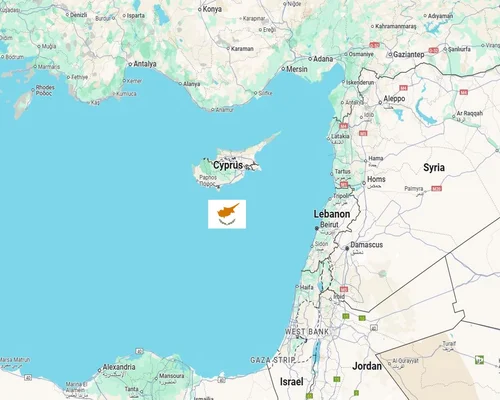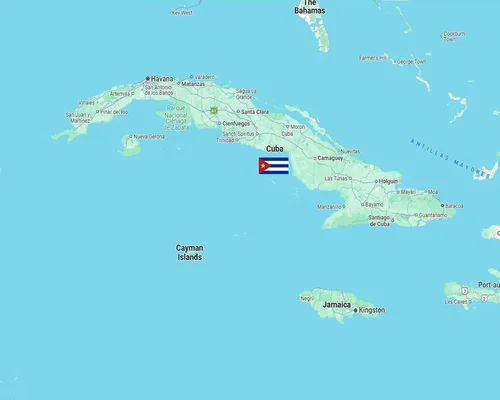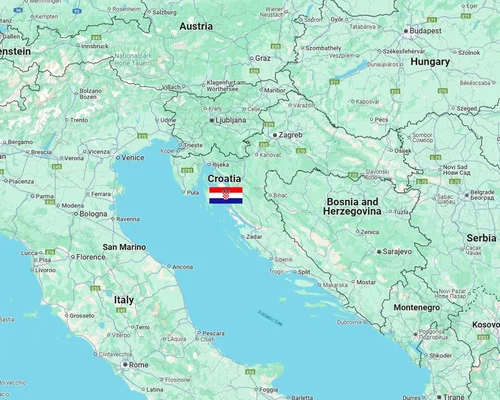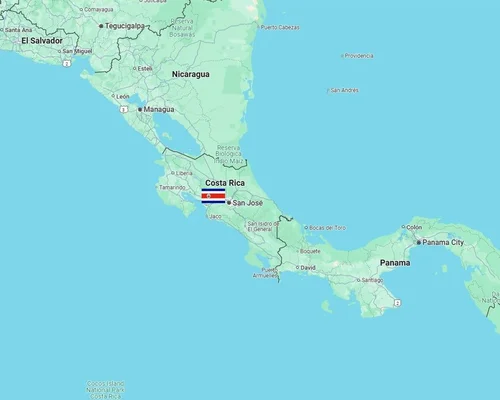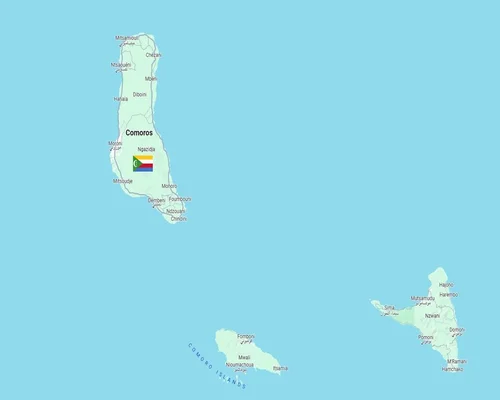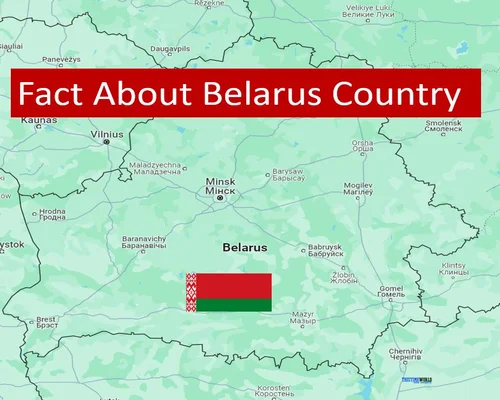
26 Fact About Belarus Country
Information about Belarus
- Belarus is a medium-sized European country. The total area is 207,600km2, or about 2% of the total area of Europe. Belarus is the 13th largest country among the 44 continental European states (84th largest country in the world). It is bigger than Greece, Portugal, Austria, Netherlands, Belgium, Czechia.
- Belarus is famous for its forests and lakes. There are many wide bright avenues and narrow paved streets, Catholic churches and Orthodox cathedrals, majestic castles and wooden huts in villages, hearty and delicious national cuisine of Belarus.
- The full name of Belarus is the Republic of Belarus. In Russia, the use of Belarusian is still very common.
- Belarus is a country of ancient history and rich traditions, beautiful nature and amazing architecture, industrial giants and developed agriculture, unique cuisine and hospitable people, first-class level of medicine and spa treatments.
- The word Belarus means White Russians. The Scandinavians who moved east were called Rus and from them comes the word Russia. During the Mongol period, Russians were classified into three different groups: Belarusians (White Russians), Little Russians, and Great Russians.
- The Republic of Belarus is located in the center of Europe, part of Eastern Europe. Belarus is located on the East European platform. Rivers and lakes. Belarus is located in the Baltic Sea and Black Sea water basins.
- Orthodoxy is the main religion of Belarus. There are more than 1000 Orthodox churches in Belarus and an increasing number of cloisters are being revived. Many of the country most famous monuments and architectural attractions are inspired by the Orthodox tradition.
- Belarus is a "2nd-world country", as it still has many USSR characteristics.
- Alexander Lukashenko was the first President of the Republic of Belarus. He is called "people politician", "ordinary people president", "Batka" (father in Belarusian). The life of the Belarusian leader was difficult and eventful from childhood.
- According to the International Monetary Fund (IMF) definition, Belarus is a developing country because its economic performance is low.
- Economy of Belarus - Although not rich in minerals, Belarus has found small deposits of iron ore, metal ore, dolomite, potash (for fertilizer production), rock salt, phosphorites, refractory clay, molding sand, sand for glass production, and various buildings.
- Belarus is an independent and highly developed industrial country. It is proud of its rich historical past and a lush natural environment. According to the latest UNO data, Belarus is ranked as a country with a better standard of living.
- The formation of Belarusian national culture and its separation from the hitherto dominant Russian and Polish culture was manifested in the development of revolutionary-democratic and peasant thought, social and critical motifs of folk art, national themes and artistic styles.
- The term Byelorussia (based on its name in other languages such as the Russian form in English) was only officially used until 1991, when the Supreme Soviet of the Byelorussian SSR decreed by law that the newly independent republic be the Republic of Belarus.
- One of the most famous and beloved dishes of Belarusian national cuisine is draniki. The name of the dish comes from the word "terret", which means to rub. It is believed that this dish was first mentioned in 1830.
- The length of the Republic of Belarus from north to south is 560 km. The length of the Republic of Belarus from west to east is 650 km. The geographic center of Europe is located in Vitebsk Oblast, Belarus (48 km southwest of Polotsk, near Show Lake. Its coordinates are 55°10 5 5"N, 28°15 30"E.
- The Belarusian State Museum of the History of the Great Patriotic War is the largest national repository of material and spiritual monuments of the history of the war of 1941-1945. Radziwill is home to the dukes, with an impressive castle and Corpus Christi Church.
- Belarusians have many traditional foods in their diet. The most popular are vereshchaka, homemade sausage, draniki (thick potato pancakes), kolduny, kletsky (dumplings), babka (baked grated potato pie), cold sorrel soup, mushroom soup.
- Russian is spoken in the Belarusian capital, regional centers and large Belarusian cities. In small towns people speak a mixture of Russian and Belarusian called Trasanka. English language is freely spoken by 450 000 Belarusians and German - by 138 000 people.
- Freedom House has rated Belarus as "not free" in all of its global surveys since 1998, "freedom in the world"; The organization says the Lukashenko government is undermining press freedom. State media is under the President. Harassment and censorship of independent media is routine.
- According to state surveys, 8 percent of the adult population are atheists and 22 percent are "undecided." Smaller religious groups together make up about 2 percent of the population, including Jews, Muslims (who number about 20,000), Greek Catholics (members of the Belarusian Greek Catholic Church.
- International students in Belarus are very comfortable with their academic demands and academic environment, which they enjoy while studying in Belarus.
- Do not travel to Belarus due to the volatile security environment caused by Russia war in neighboring Ukraine, Russia military presence on Belarus border with Ukraine, and arbitrary enforcement of laws by Belarusian authorities.
- The Republic of Belarus is an export-oriented country with a developed manufacturing industry, service sector and agriculture. Belarus adheres to the concept of a socially-based market economy, which has proven its effectiveness and efficiency.
- The product structure of Belarusian exports includes more than 1000 products. The most important export items are oil and oil products, potash and nitrogen fertilizers, metal products, trucks and cars, tractors, tires, dairy and meat products, furniture.
- Belarus is famous for its forests and lakes - no wonder it is called the "Lungs of Europe". There are many wide bright avenues and narrow paved streets, Catholic churches and Orthodox cathedrals, majestic castles and wooden huts in villages, hearty and delicious national cuisine of Belarus.

